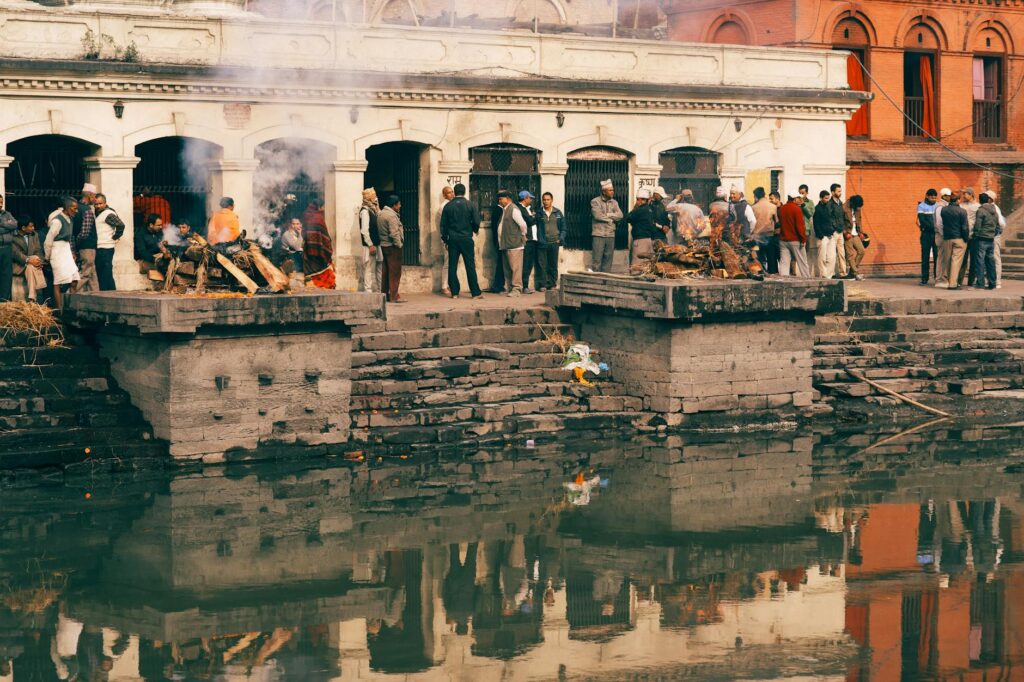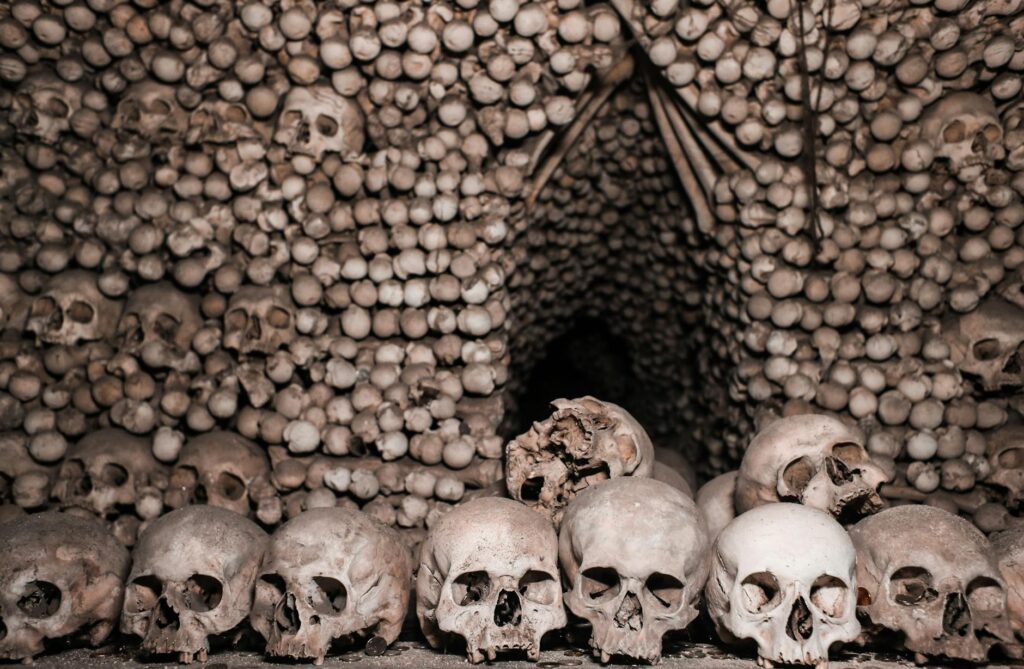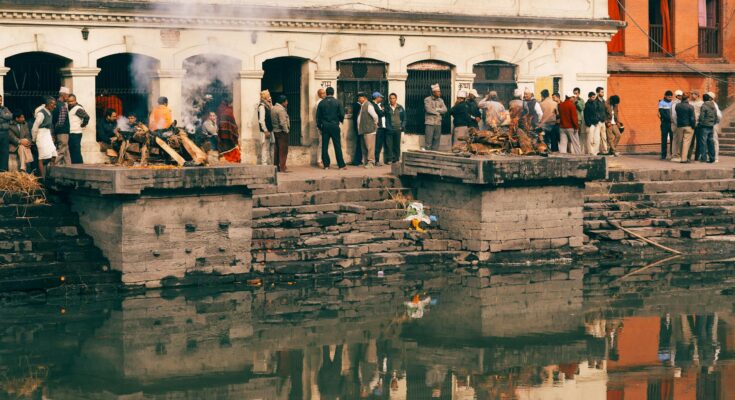From the dawn of humanity, death has been a source of both fear and fascination. Throughout history, cultures across the globe have developed unique and often perplexing rituals to deal with the transition from life to death. Some of these ancient practices are both bizarre and brutal, offering a glimpse into the beliefs and anxieties of past civilizations. This exploration delves into some of the most unusual and striking examples.
Ancient Egyptian Mummification: More Than Meets the Eye
Egyptian mummification is perhaps one of the most well-known ancient death rituals. While the process of preserving the body is relatively familiar, the intricacies and sheer dedication involved were truly remarkable. Beyond the removal of organs and the application of natron, the Egyptians believed in preserving the body to ensure a smooth transition to the afterlife. The elaborate tombs, filled with treasures and provisions, stand as testaments to their beliefs. 
Interestingly, the process wasn’t always consistent across all social classes. Learn more about the varying levels of mummification and how they reflected societal hierarchy.
Sky Burials in Tibet: A Breathtaking and Symbolic Rite
In contrast to the elaborate preparation of mummification, Tibetan sky burial presents a dramatically different approach. This ritual involves the deceased’s body being placed on a mountaintop to be consumed by birds of prey. This practice is deeply rooted in Buddhist philosophy, emphasizing the cycle of life, death, and rebirth. It’s considered a way to return the body to nature and to avoid the desecration of the earth. 
While seemingly stark, researchers have noted the surprisingly peaceful and spiritual nature of these ceremonies.
The Sadistic Sacrifices of the Aztecs: A Bloody Legacy
The Aztec civilization practiced human sacrifice on a massive scale. While the reasons behind these practices are complex and debated by scholars, it’s clear that sacrifice was intricately woven into their religious beliefs. Victims, often prisoners of war or those deemed worthy offerings, were sacrificed to appease their gods and ensure the continued prosperity of their empire. The details surrounding these sacrifices are incredibly graphic and brutal, highlighting a culture vastly different from our own. 
To understand the full context, it’s crucial to go beyond the sensationalism and explore the Aztec worldview and cosmology.
Elaborate Funeral Games in Ancient Rome: A Spectacle of Grief and Celebration
In contrast to the grim sacrifices of the Aztecs, the ancient Romans approached death with a mix of mourning and public display. Elaborate funeral games, often involving gladiatorial combat and other public spectacles, were held to honor the deceased and to celebrate their life. These events were a significant social event and showcased the wealth and status of the family.
The scale of these events is astonishing, underscoring the importance placed on proper funeral rites and the public nature of Roman mourning.
The Head-Hunting Practices of Various Cultures: A Controversial Tradition
The practice of headhunting, prevalent in various cultures throughout history, involved the taking of an enemy’s head as a trophy. While often associated with savagery, the motivations behind this practice were often complex, tied to beliefs about acquiring power, spiritual energy, or ensuring a bountiful harvest. [IMAGE_4_HERE]
The practice of headhunting, however, offers a stark reminder of the diverse ways in which cultures have dealt with conflict and death, and is worthy of further study from a multidisciplinary perspective.
Conclusion
These examples only scratch the surface of the fascinating and often disturbing variety of ancient death rituals practiced worldwide. Understanding these practices offers valuable insight into the beliefs, fears, and societal structures of past cultures. By studying these rituals, we gain a deeper appreciation for the complexities of human history and the diverse ways in which people have grappled with mortality.
Frequently Asked Questions
What was the purpose of Egyptian mummification? The Egyptians believed mummification preserved the body for the afterlife, allowing the soul to inhabit its physical form again.
Why did the Aztecs perform human sacrifices? Aztec sacrifices were primarily performed to appease their gods and maintain cosmic balance, ensuring the continued well-being of their empire.
Were sky burials painful for the deceased? Tibetan Buddhists believe that the practice of sky burial is a peaceful and painless transition, returning the body to the elements.
What role did funeral games play in Roman society? Roman funeral games were a public display honoring the deceased, showcasing the family’s status and wealth, and providing entertainment for the populace.
Why did some cultures practice headhunting? Headhunting practices varied in their motivations, ranging from acquiring power and spiritual energy to marking territorial claims and celebrating victory in battle.
Learn more about the anthropological study of death rituals.

